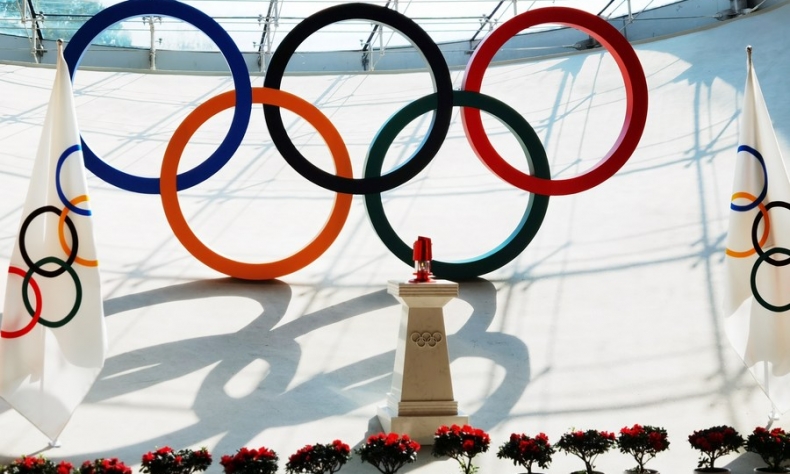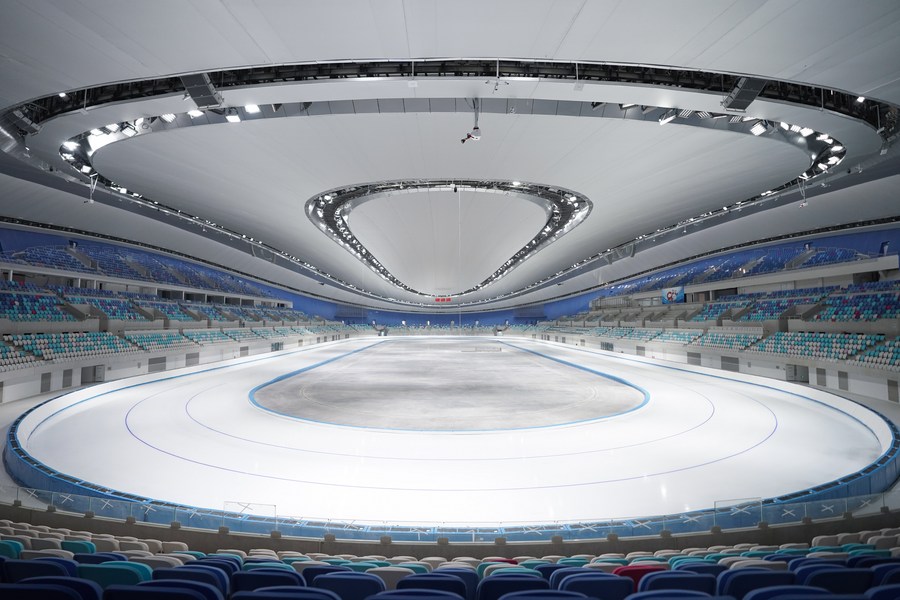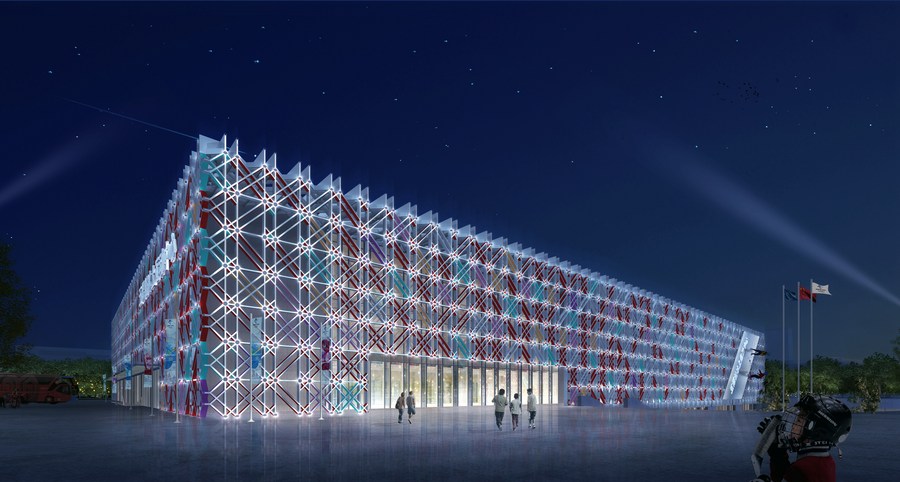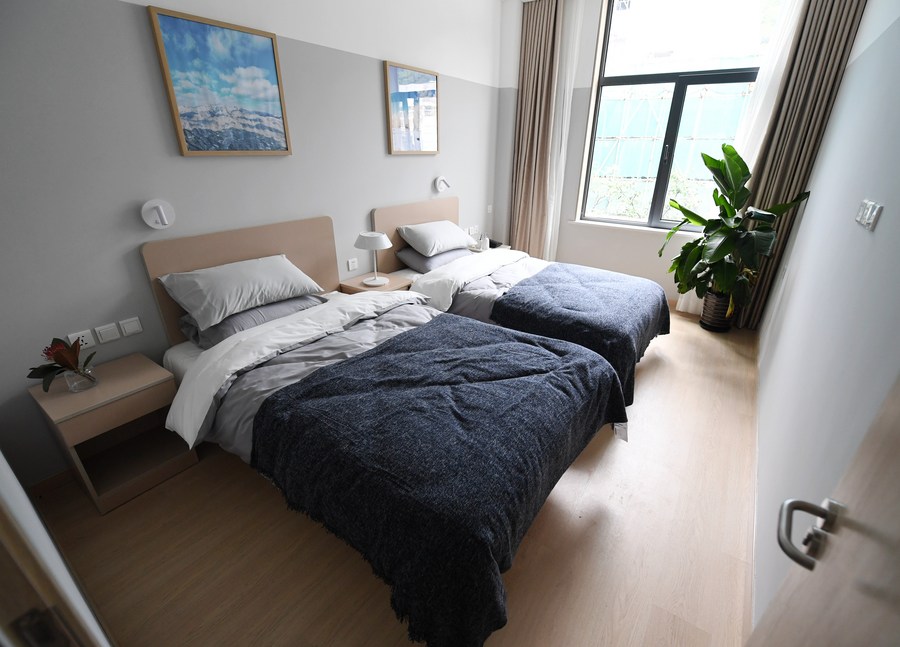Beijing 2022, a Green Winter Olympics

At the Olympic venues in both Yan-qing and Zhangjiakou, surface water, rain water, and melted man-made snow will be either retained in the soil or stored and purified before being reused, saving resources and protecting the environment.
As the opening of the Beijing 2022 Winter Olympic Games approaches, the low-carbon trend of the event becomes more evident. This can be observed, first of all, in the reuse of sports facilities. On more than one occasion in the history of Winter Olympic Games, sports fields and stadiums were left abandoned after the games came to an end. To reduce waste, as well as the impact on the environment, the organizing committee has worked with the host cities of Beijing 2022 to get maximum use from the venues built for the 2008 Olympic Games. Only one of the five ice sports venues for Beijing 2022 — the National Speed Skating Oval — is newly built; the other four were renovated to meet the green requirements and competition needs of the upcoming Beijing 2022.

Green Venues
The traditional refrigerant solutions used to make ice for winter sports venues contain a large amount of Freon, which harms the ozone layer. The Wukesong Arena and the National Speed Skating Oval in Beijing have adopted the CO2 transcritical ice making technology, which reduces carbon emissions to near zero. Its application is estimated to prevent carbon emissions equating to the annual discharge of 3,900 automobiles. What’s more, this technology can bring down energy consumption by 40 percent or more, and more than 75 percent of the waste heat will be recycled.
The venues have also been remodeled to maximize natural lighting, by adding glass curtain walls, skylights and sunken plazas. Photovoltaic cells on the roof can generate 700,000 kWh every year, and LED lights were installed to reduce electricity consumption. According to International Olympic Committee Vice President Juan Antonio Samaranch, this is the first time in Olympic history that green electricity has been used in all competition venues. He hailed it as a highlight of Beijing 2022.
In addition, the air conditioning and ventilation systems can recycle up to 70 percent of waste heat produced in the process of their operation, and save on energy use with their pre-cooling/heating functions. These are only examples of the advanced technologies underpinning a green Olympics.
The Capital Indoor Stadium will house the largest number of events of Beijing 2022. With the latest renovation, the complex, built in the 1950s, can meet the needs of winter sports during and after Beijing 2022, and also shift to accommodate summer sports when needed. It aims to be the training ground for both professional athletes and young sports fans.

Post-Olympics use weighs heavily in the design of the newly built National Speed Skating Oval. Ice is made according to the respective standards for different sports at different sections of the floor space. After Beijing 2022, the compound can accommodate more than 2,000 people at the same time for all ice sports, including ice hockey, curling, and skating.
In addition, the organizing committee is utilizing the remodeled facilities of Shougang, a giant iron and steel plant that has moved its operation out of Beijing, to meet its growing need for office space and hold relevant events. In doing so it reduces the impact on natural resources and the environment.
Eco-Friendly Village
The Winter Olympic Village in Beijing’s Yanqing District is a cluster of Chinese-style courtyard houses at the foot of Mt. Haituo. The wooden frames and walls made of gravel — leftover after construction — give it a rustic ambience that blends in well with the surroundings.
Standing at more than 2,000 meters above sea level, Mt. Haituo is a key site of the competitions for Beijing 2022. During the construction phase, particular attention was paid to the protection of biodiversity, and a department was established especially to oversee this work.
Wu Shige, general manager of National Alpine Skiing Co., Ltd, gave an example of the village builders’ efforts to minimize alteration to the natural environment: the 313 trees located on the site were either kept where they were or relocated before being moved back. And a wild life corridor was built for the safe passage of local wildlife.
After Beijing 2022, the apartments in the village will be rented out at a lower rate to professionals needed by the strategic sectors Beijing is developing. This is another way to turn Olympic buildings into operational, reusable, and sustainable assets.

Snow Water Recycle
Water is a central element in winter sports games. Related issues include reuse of rain and snow water, retrieval of melted snow and ice, and waste water recycling and treatment.
The National Alpine Ski Center in Yanqing stands at an altitude of 2,200 meters. A 7.5-kilometer underground pipeline connects it with two nearby reservoirs. Water is first diverted to two storage facilities halfway up the mountain, and then pumped into the snow-making system at the summit of Mt. Haituo 2,198 meters above sea level. There are also devices to collect melted snow and rain water for reuse.
The Genting Resort Secret Garden in Zhangjiakou, the co-host city of Beijing 2022, will run six ski tracks for the Games, which are all rebuilt from existing ones. This act reduces the volume of construction by at least 15 percent. The ski resort has garnered rich experience in recycling and reusing melted snow. “We are upgrading the three existing storage pools, whose capacity adds up to 180,000 cubic meters, and have built an underground reservoir of 100,000 cubic meters. Together, they will provide the water needed for making snow for ski contests during Beijing 2022,” said Su Wen, vice president of Genting Resort Secret Garden Tourism Development Co. Ltd.
At the Olympic venues in both Yan-qing and Zhangjiakou, surface water, rain water, and melted man-made snow will be either retained in the soil or stored and purified before being reused, saving resources and protecting the environment. Unpaved ground surfaces are covered in gravel or vegetation to allow for infiltration of rain. Domestic sewage is treated and used for toilet flushing water and irrigation.
In addition to exciting competitions, the upcoming Beijing 2022 will also inspire athletes and audiences alike with its pioneering green practices.
 Facebook
Facebook
 Twitter
Twitter
 Linkedin
Linkedin
 Google +
Google +










